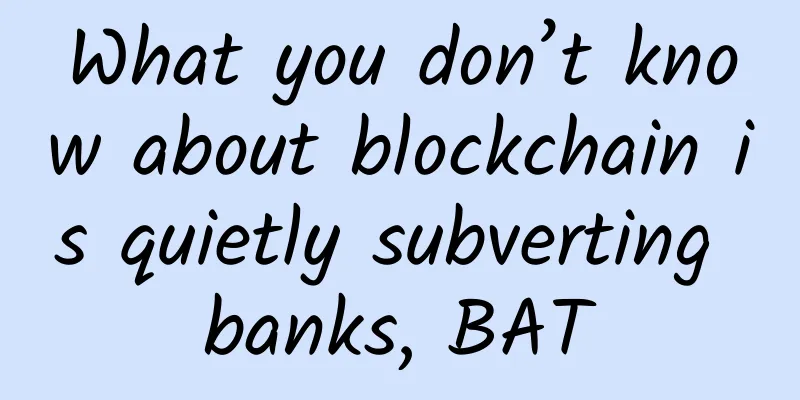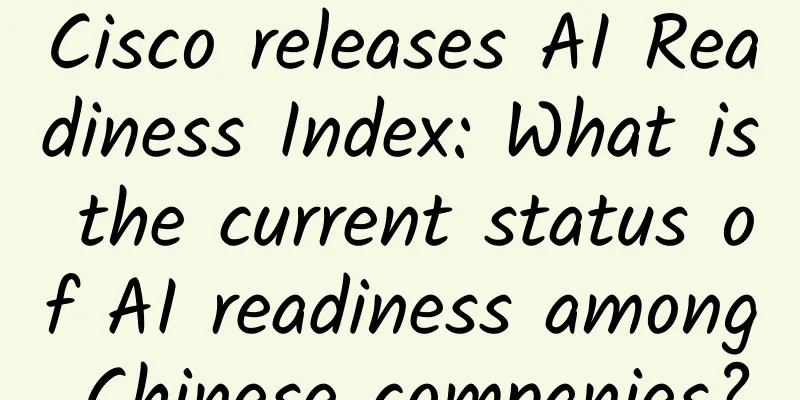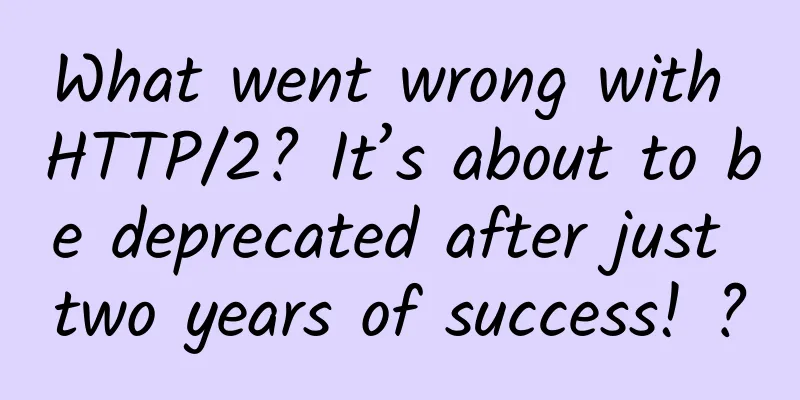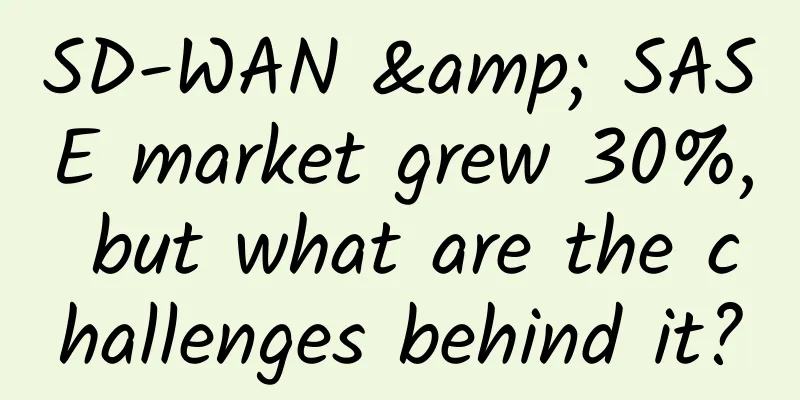What you don’t know about blockchain is quietly subverting banks, BAT

|
Fintech is a phenomenal concept. With the rapid development of the emerging Internet and technology industries, Fintech innovation has ushered in a "singularity" of development. Among them, the most eye-catching is undoubtedly blockchain technology. Blockchain is one of the most promising industries in the next five years and is an emerging field that major financial institutions and top banks around the world are investing heavily in and pursuing. Today we will explain in detail what blockchain is, how blockchain came into being, its significance in various industries, and future opportunities and challenges. What is blockchain In a nutshell, blockchain is essentially a decentralized "distributed ledger" database. Blockchain is the core and infrastructure of Bitcoin. Different from the traditional centralized ledger, blockchain is a decentralized ledger system, also known as a distributed ledger.
Traditional centralized ledgers are cleared and guaranteed by a trusted third party, and the reliability of the ledger depends on the credit and technology of the trusted third party. Once there is a problem with this center, such as tampering or damage, the entire system will face a crisis or even collapse. With the development and explosion of information, can we build a decentralized, trustworthy accounting system that does not rely on any third party? Distributed ledgers (blockchains) were born. They no longer rely on trusted third parties, but use blockchain technology to synchronize their respective ledgers in real time and cannot be tampered with. Decentralization, de-privileging, and no need for trust and maintenance have become the three major characteristics of blockchain. At present, the application level of blockchain is divided into three stages:
In summary, we can summarize the keywords of each stage of blockchain development as follows: 1.0-currency, 2.0-smart contracts, 3.0-governance How blockchain works Daewoo Bojiang learned that the blockchain is composed of a series of data blocks generated using cryptographic methods, which are called blocks. Each block contains all the transaction information in this block. What exactly is this information? It depends on what field the blockchain is used for. If it is used for digital currency, such as Bitcoin, it is the mining information of miners; if it is cross-border payment, it is the relevant information of the payment. In addition, in order to establish a connection with other blocks, each block will contain the hash value of the previous block (that is, the previous block that was generated just before this block, called the parent block), and there will also be a timestamp indicating the generation time of the block. At the same time, each block is the parent block of the next block. In this way, starting from the genesis block (which can be regarded as the first block), since each block must contain the hash value of the previous block, the next block can only be generated after the previous block appears. In this way, connecting blocks one by one forms a blockchain. Blockchain Advantages 1. Time sequence and cannot be tampered with Each block of the blockchain is timestamped and connected based on the hash value of each block. Under this mechanism, it is impossible for a forged block to be connected to the real blocks before and after it and enter the entire blockchain chain. Therefore, the blockchain has extremely strong traceability and verifiability. 2. Openness and transparency Because it has good traceability and verifiability, and as a shared ledger, information is open and transparent to all participants. 3. Distributed structure The blockchain is not stored centrally on a server or data center, nor is it recorded and managed by a third-party authority. Instead, it is scattered across every accounting node in the network. Therefore, the blockchain is built on a distributed network and has a decentralized nature. 4. Build trust Based on the above characteristics, it is not difficult to find that blockchain can effectively build trust. Originally, as a popularization, the introduction of the operation mechanism of blockchain is almost enough here. However, given that we often hear the term "51% computing power attack", this term is obviously inconsistent with the "immutable" feature of blockchain mentioned above. This involves blockchain forks. As mentioned above, after the parent block is generated, the participants begin to "produce" the next block. What is the sign of the generation of the next block? It can be understood as completing a task that everyone recognizes, such as proof of computing power. There will be a situation where two participants announce that they have completed the task at the same time, and two blocks will be generated. Both blocks are connected to the same parent block, and then develop downwards separately, resulting in a blockchain fork. How to break the deadlock? Based on the principle that "honest miners only create the latest block on the longest valid chain", we see which of the two forks is longer, that is, which one generates the next block first under the two blocks. This fork wins, and the other forks are abandoned, and the fork problem is solved. Pain points of four application scenarios and changes in blockchain technology 1. Cross-border payment: The pain points are long payment cycle, high fees, and low transaction transparency. With third-party payment companies as the center, the accounting, settlement and clearing in the payment process are completed. The payment cycle is long. For example, the payment cycle for cross-border payments is more than three days, and the fees are high. For example, taking PayPal as an example, the transaction fee rate for ordinary cross-border payments is 4.4% + 0.3 US dollars. Withdrawals to China are received in US dollars, with a single transaction fee of 35 US dollars, and receipts in RMB are 1.2% of the fee. Change: Blockchain is decentralized, with open, transparent and tamper-proof transactions. Without the involvement of third-party payment institutions, it shortens the payment cycle, reduces fees and increases transaction transparency. 2. Supply chain finance: The pain points are long financing cycles and high costs. With the supply chain core enterprise system as the center, it is difficult for third-party credit enhancement agencies to verify the authenticity of various relevant certificates in the supply chain, resulting in long manual review time and high financing costs. Change: The blockchain’s characteristics of decentralization, consensus mechanism, and immutability do not require a third-party credit enhancement agency to verify the authenticity of various relevant certificates in the supply chain, thereby reducing financing costs and shortening the financing cycle. 3. Bill market: The pain points lie in three risk issues. Operational risk: Due to the centralized system, once the central server has problems, the entire market will be paralyzed. Market risk: According to statistics, in 2016, there were seven risk events involving amounts exceeding hundreds of millions, involving multiple banks; Moral risk: There are "one bill sold multiple times" and false commercial bills in the market. Change: Blockchain's decentralization, system stability, consensus mechanism, and immutability reduce operational risks, market risks, and moral risks in traditional centralized systems. 4. Asset securitization: The pain point of the business is that the authenticity of the underlying assets cannot be guaranteed; there are many participants, many operation links, low transaction transparency, and information asymmetry, which makes it difficult to control risks. The pain point of data is that the flow efficiency between the participants is low, the clearing and reconciliation of funds between the transaction systems of all parties often requires a lot of manpower and material resources, and there are multiple online and offline channels for asset repayment, which makes it impossible to monitor the true situation of the assets. After the asset package is formed, there is also a problem of trust in the authenticity and accuracy of the underlying asset data by the various institutions in the transaction chain. Change: The blockchain's characteristics of decentralization, consensus mechanism, and immutability increase data flow efficiency, reduce costs, monitor the true status of assets in real time, and ensure that all parties in the transaction chain have trust in the underlying assets. The above are all discussions in the context of Bitcoin. So, in what fields will blockchain technology be used? 1. Banking As a digital, secure and tamper-proof account, blockchain realizes the core function of the banking industry: a secure storage and transfer center for value. In other words, in the next few years, a wave of companies based on blockchain technology may affect the banking industry. 2. Payment and transfer Blockchain technology can bypass complicated systems and create a more direct payment process between payers and payees. Whether it is domestic transfers or cross-border transfers, this method is low-cost, fast, and does not require intermediary fees. 3. Cybersecurity Although the blockchain system is public, its verification, transmission and other data exchange processes use advanced encryption technology. This technology not only ensures the correct source of data, but also ensures that the data is not intercepted in the middle. If blockchain technology is more widely used, the probability of being attacked by hackers may also decrease, so people believe that the blockchain system is more secure than the traditional system. One of the reasons why the blockchain system can reduce the security risks of traditional networks is that it eliminates the need for middlemen. 4. Elections Your vote "can never be modified or deleted by us - the programmers, school administrators or students." 5. Smart Contracts Smart contracts are essentially computer programs that perform functions on the actions of another object. Like regular computer programs, smart contracts are an "if-then" function, but blockchain technology enables the automatic filling of these "contracts" without human intervention. Such contracts could eventually replace the core business of the legal industry, which is the business of drafting and managing contracts in both the commercial and civil fields. 6. Stock Trading For years, companies have been looking for ways to simplify the process of buying, selling and trading stocks, but emerging blockchain technology startups think they can go beyond the past and automate the entire process, making it more secure and efficient. Although the prospects of blockchain seem promising, we are currently facing several severe challenges: 1. “Bicycle”-level performance: The throughput of the current public chain network (also applies to most private chains) is extremely limited, and it does not have the ability to expand outward. A popular ICO with thousands of participants will cause the entire network to be blocked for a day. Such performance is obviously unable to support the large-scale computing power required by the “world computer”. 2. The chain cannot evolve autonomously, but must rely on "hard forks". The blockchain platform is like a living organism, it needs to constantly adapt and upgrade itself. However, most blockchains today do not have any ability to change themselves, and the only way is to hard fork - that is, to enable a new network and let everyone migrate on a large scale. However, in the experience of Bitcoin and Ethereum, we have seen that every hard fork upgrade faces a series of community division risks, and even faces various stalemates, which have been unable to promote network evolution. postscript: The reporter learned from the experts of the blockchain project team that "the current situation of blockchain is similar to TCP/IP (a technology that appeared in 1969 and was not fully applied until 30 years later) or HTML when it first came out, and there was no landing application. Except for Bitcoin, there is a lack of killer applications. Bitcoin is only blockchain 1.0, and smart contracts are 2.0. The higher application of blockchain is corresponding to the Internet of Things, to achieve real-time credit confirmation." I personally believe that blockchain technology is a very promising field and is worthy of study and research by everyone who is interested. There is still a long way to go before blockchain can be widely used. What we need to do is to accumulate technology and wait for the right time to come. Welcome friends to leave a message to share your views. |
<<: Blockchain technology will change the world in these four ways
>>: Is IT operation the next outlet for IT operation and maintenance?
Recommend
Huawei 5G is dead? 5G order numbers have not been updated for 10 months, Ren Zhengfei has other plans
Huawei's 5G development is hindered With the ...
[Important] IDC and Deepin Technology jointly released the technical white paper "Three Highs Application Delivery to Realize the All-Round Experience of Digital Natives"
The global economy is entering the digital econom...
Will Huawei's 5G industry see a turnaround in 2021?
Since 2018, some Western countries, led by the Un...
[Black Friday] Sharktech: 50% off on all cloud products, 10Gbps unlimited traffic server $349/month-2*Gold 6148/128G/2TB NVMe/Los Angeles and other data centers
Sharktech also released a promotion during this y...
What does 5G mean for enterprise business?
Mobile 5G networks promise to be the bridge to In...
A “cat” walking alone on a narrow road: Cat.1 and narrowband communications (I)
Labs Guide When we talk about narrowband communic...
Smart Home: Which One Wins, 5G or WiFi 6?
Smart homes are becoming an increasingly importan...
An article explains the detailed process of SSL handshake protocol
[[274498]] Overview SSL (Secure Socket Layer) is ...
my country's 5G commercialization has delivered a global focus in its first year of annual inspection
According to the China News Service of China Nati...
10 bad habits network administrators should avoid at all costs
Every enterprise network consists of devices that...
Network configuration auditing is more important than ever
To get the most intuitive understanding of how en...
After talking so much about 5G, the most critical technology is here
When it comes to antennas, everyone must be famil...
RAKsmart cluster server 5+253IP monthly payment starts from $189, and you can choose data centers in Los Angeles/San Jose/Japan/Hong Kong, China, etc.
RAKsmart is a foreign hosting company operated by...
Sharktech: 1Gbps unlimited traffic from $79/month, 10Gbps unlimited traffic from $329/month, data centers in Los Angeles/Denver/Netherlands
Sharktech (also known as Shark Data Center, SK Da...
Who will be the Internet of Things "giant"? 2017 World Internet of Things Expo closed
【51CTO.com original article】 On September 13, 201...









